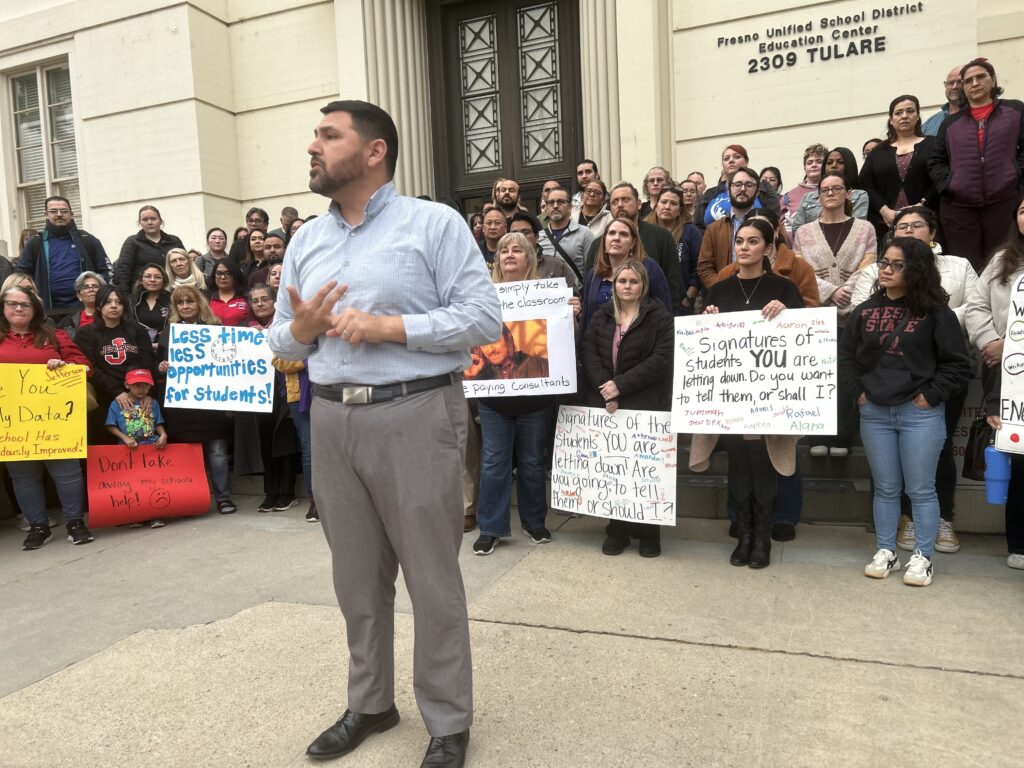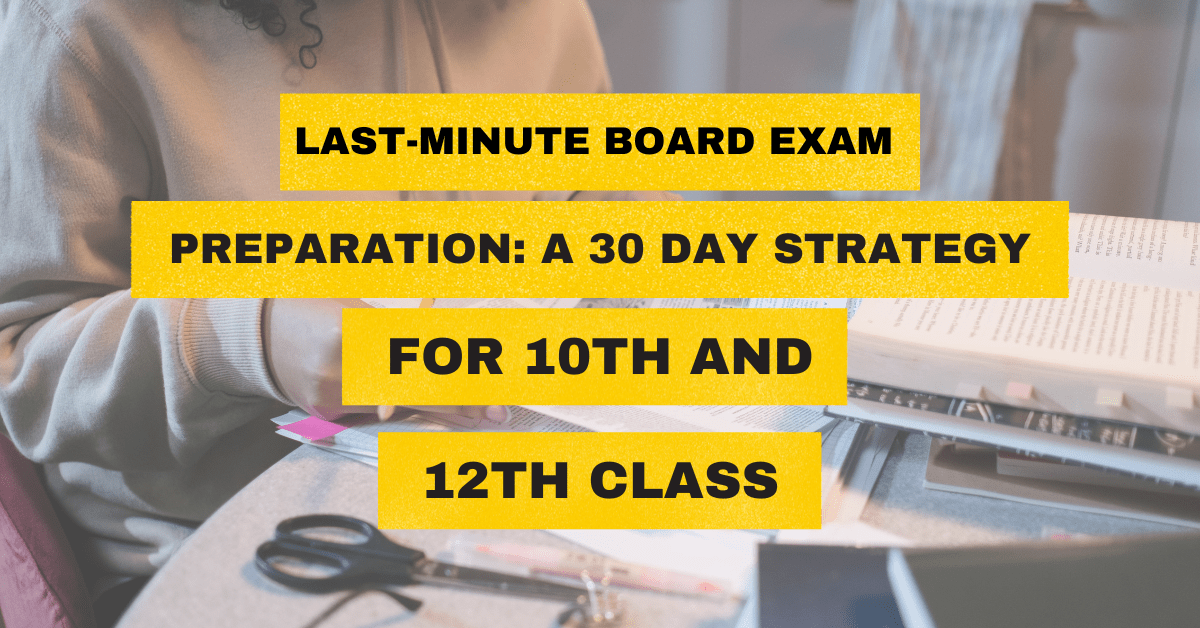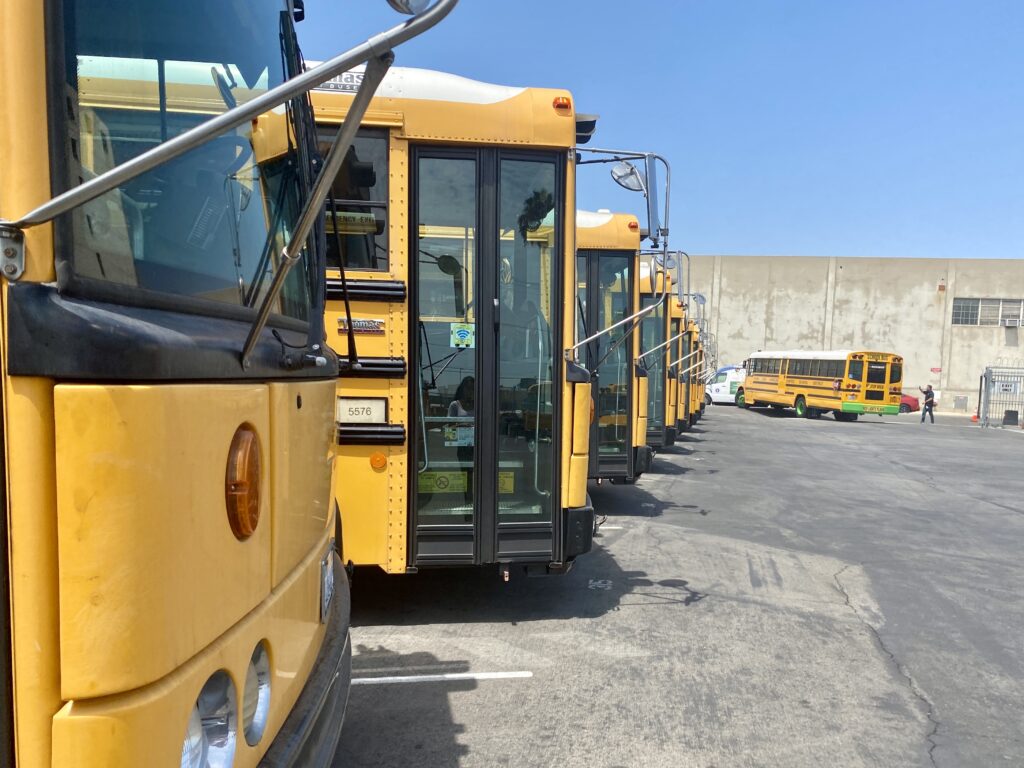Rashid Khalidi is a noteworthy Palestinian-American scholar of Middle East history and politics. Born in New York City, he was educated at Yale University and Oxford University, where he received his doctorate. He taught at several universities, mostly at Columbia University, where he spent many years and retired as the Edward Said Professor Emeritus of modern Arab studies. He is also an activist on behalf of the Palestinian cause. He recently released an open letter in opposition to Columbia’s deal with the Trump administration, which punished Columbia for tolerating anti-Semitism.
As long-time readers of this blog may remember, I was appalled by the brutal attack on peaceful Israeli civilians on October 7, 2023. I was horrified by the wanton slaughter of men, women, and children, of young people at a dance, of farm workers and Bedouins, the brutal rape of young women, and the hostage-taking. The rage of Israelis was understandable to me. I am not a Zionist but I have always supported Israel’s right to live in peace among its Arab neighbors.
I have no sympathy for terrorist groups like Hamas, Hezbollah, and the others who would like to obliterate Israel and who have no interest in a negotiated settlement that produces a two-state solution. Two states living side by side, in peace.
But, it has become clear that Israeli Prime Minister Netanyahu is not pursuing peace. The war should have ended long ago. Negotiations should have concluded, with a release of the hostages, an end to armed conflict, and plans for a new Palestinian state and a rebuilt Gaza. Instead, far-right Israeli politicians talk about controlling Gaza and establishing a permanent presence. Instead, the IDF continues to kill innocent civilians and to block the distribution of food and medical supplies.
As a Jew, I am ashamed of Netanyahu’s actions and policies. I’m also ashamed of the Israeli West Bank settlers who attack Palestinians trying to live a peaceful life.
As a Jew, I’m sick of Trump using “anti-Semitism” as a shield for his attacks on academic freedom and universities. This is a cynical ploy, coming from a man who welcomes the company of Nazi sympathizers and enjoys their support.
As a Jew, I support academic freedom, the freedom to teach and to learn, the freedom to read what one chooses, and the rights of those who hold different views to speak without fear or censorship.
That is why I am posting Rashid Khalidi’s letter.
Professor Khalidi wrote an open letter to Columbia’s acting president, published in the Guardian on Friday.
Khalidi wrote:
Dear Acting President Shipman,
I am writing you an open letter since you have seen fit to communicate the recent decisions of the board of trustees and the administration in a similar fashion.
These decisions, taken in close collaboration with the Trump administration, have made it impossible for me to teach modern Middle East history, the field of my scholarship and teaching for more than 50 years, 23 of them at Columbia. Although I have retired, I was scheduled to teach a large lecture course on this topic in the fall as a “special lecturer”, but I cannot do so under the conditions Columbia has accepted by capitulating to the Trump administration in June.
Specifically, it is impossible to teach this course (and much else) in light of Columbia’s adoption of the International Holocaust Remembrance Alliance (IHRA) definition of antisemitism. The IHRA definition deliberately, mendaciously and disingenuously conflates Jewishness with Israel, so that any criticism of Israel, or indeed description of Israeli policies, becomes a criticism of Jews. Citing its potential chilling effect, a co-author of the IHRA definition, Professor Kenneth Stern, has repudiated its current uses. Yet Columbia has announced that it will serve as a guide in disciplinary proceedings.
Under this definition of antisemitism, which absurdly conflates criticism of a nation-state, Israel, and a political ideology, Zionism, with the ancient evil of Jew-hatred, it is impossible with any honesty to teach about topics such as the history of the creation of Israel, and the ongoing Palestinian Nakba, culminating in the genocide being perpetrated by Israel in Gaza with the connivance and support of the US and much of western Europe.
The Armenian genocide, the nature of the absolute monarchies and military dictatorships that blight most of the Arab world, the undemocratic theocracy in Iran, the incipient dictatorial regime in Türkiye, the fanaticism of Wahhabism: all of these are subject to detailed analysis in my course lectures and readings. However, a simple description of the discriminatory nature of Israel’s 2018 Nation State Law – which states that only the Jewish people have the right of self-determination in Israel, half of whose subjects are Palestinian – or of the apartheid nature of its control over millions of Palestinians who have been under military occupation for 58 years would be impossible in a Middle East history course under the IHRA definition of antisemitism.
It is not only faculty members’ academic freedom and freedom of speech that is infringed upon by Columbia’s capitulation to Trump’s diktat. Teaching assistants would be seriously constrained in leading discussion sections, as would students in their questions and discussions, by the constant fear that informers would snitch on them to the fearsome apparatus that Columbia has erected to punish speech critical of Israel, and to crack down on alleged discrimination – which at this moment in history almost invariably amounts simply to opposition to this genocide. Scores of students and many faculty members have been subjected to these kangaroo courts, students such as Mahmoud Khalil have been snatched from their university housing, and Columbia has now promised to render this repressive system even more draconian and opaque.
You have stated that no “red lines” have been crossed by these decisions. However, Columbia has appointed a vice-provost initially tasked with surveilling Middle Eastern studies, and it has ordained that faculty and staff must submit to “trainings” on antisemitism from the likes of the Anti-Defamation League, for whom virtually any critique of Zionism or Israel is antisemitic, and Project Shema, whose trainings link many anti-Zionist critiques to antisemitism. It has accepted an “independent” monitor of “compliance” of faculty and student behavior from a firm that in June 2025 hosted an event in honor of Israel. According to Columbia’s agreement with the Trump administration, this “Monitor will have timely access to interview all Agreement-related individuals, and visit all Agreement-related facilities, trainings, transcripts of Agreement-related meetings and disciplinary hearings, and reviews”. Classrooms are pointedly NOT excluded from possible visits from these external non academics.
The idea that the teaching, syllabuses and scholarship of some of the most prominent academics in their fields should be vetted by such a vice-provost, such “trainers” or an outside monitor from such a firm is abhorrent. It constitutes the antithesis of the academic freedom that you have disingenuously claimed will not be infringed by this shameful capitulation to the anti-intellectual forces animating the Trump administration.
I regret deeply that Columbia’s decisions have obliged me to deprive the nearly 300 students who have registered for this popular course – as many hundreds of others have done for more than two decades – of the chance to learn about the history of the modern Middle East this fall. Although I cannot do anything to compensate them fully for depriving them of the opportunity to take this course, I am planning to offer a public lecture series in New York focused on parts of this course that will be streamed and available for later viewing. Proceeds, if any, will go to Gaza’s universities, every one of which has been destroyed by Israel with US munitions, a war crime about which neither Columbia nor any other US university has seen fit to say a single word.
Columbia’s capitulation has turned a university that was once a site of free inquiry and learning into a shadow of its former self, an anti-university, a gated security zone with electronic entry controls, a place of fear and loathing, where faculty and students are told from on high what they can teach and say, under penalty of severe sanctions. Disgracefully, all of this is being done to cover up one of the greatest crimes of this century, the ongoing genocide in Gaza, a crime in which Columbia’s leadership is now fully complicit.
– Rashid Khalidi



















